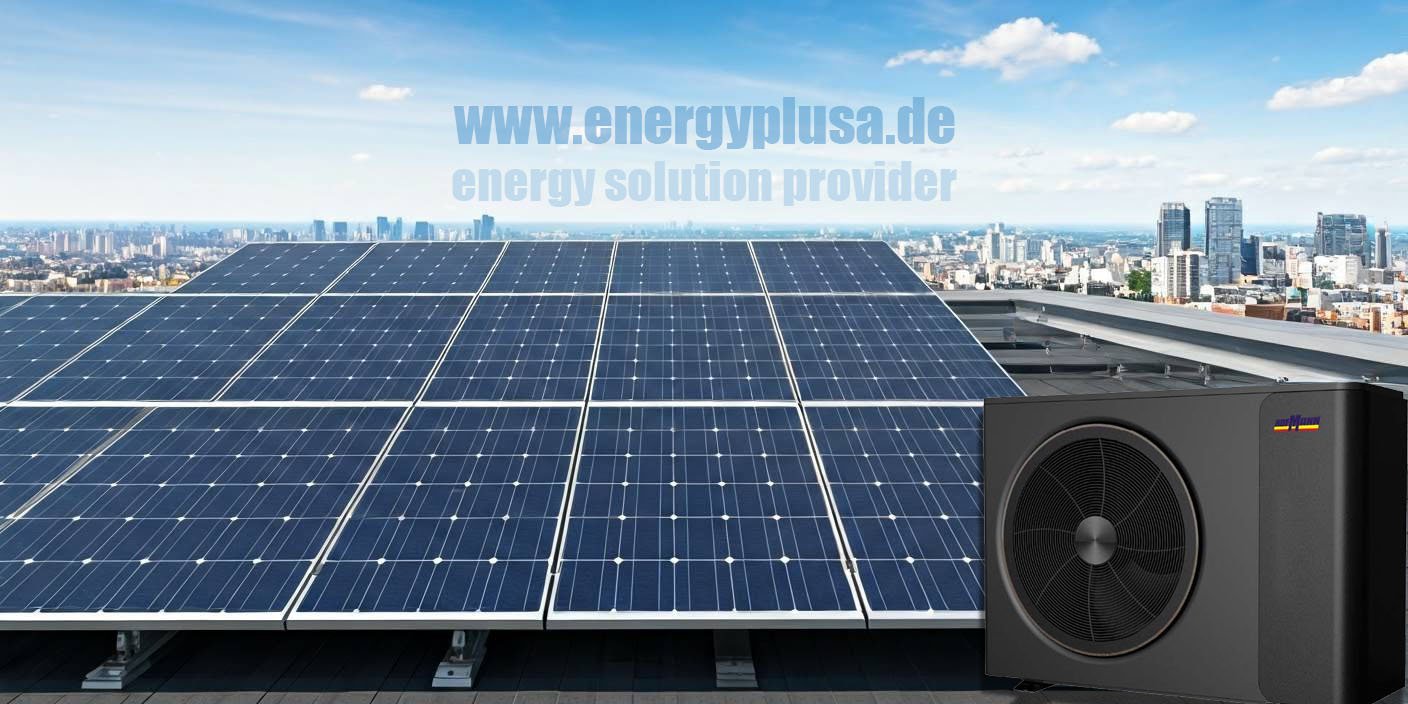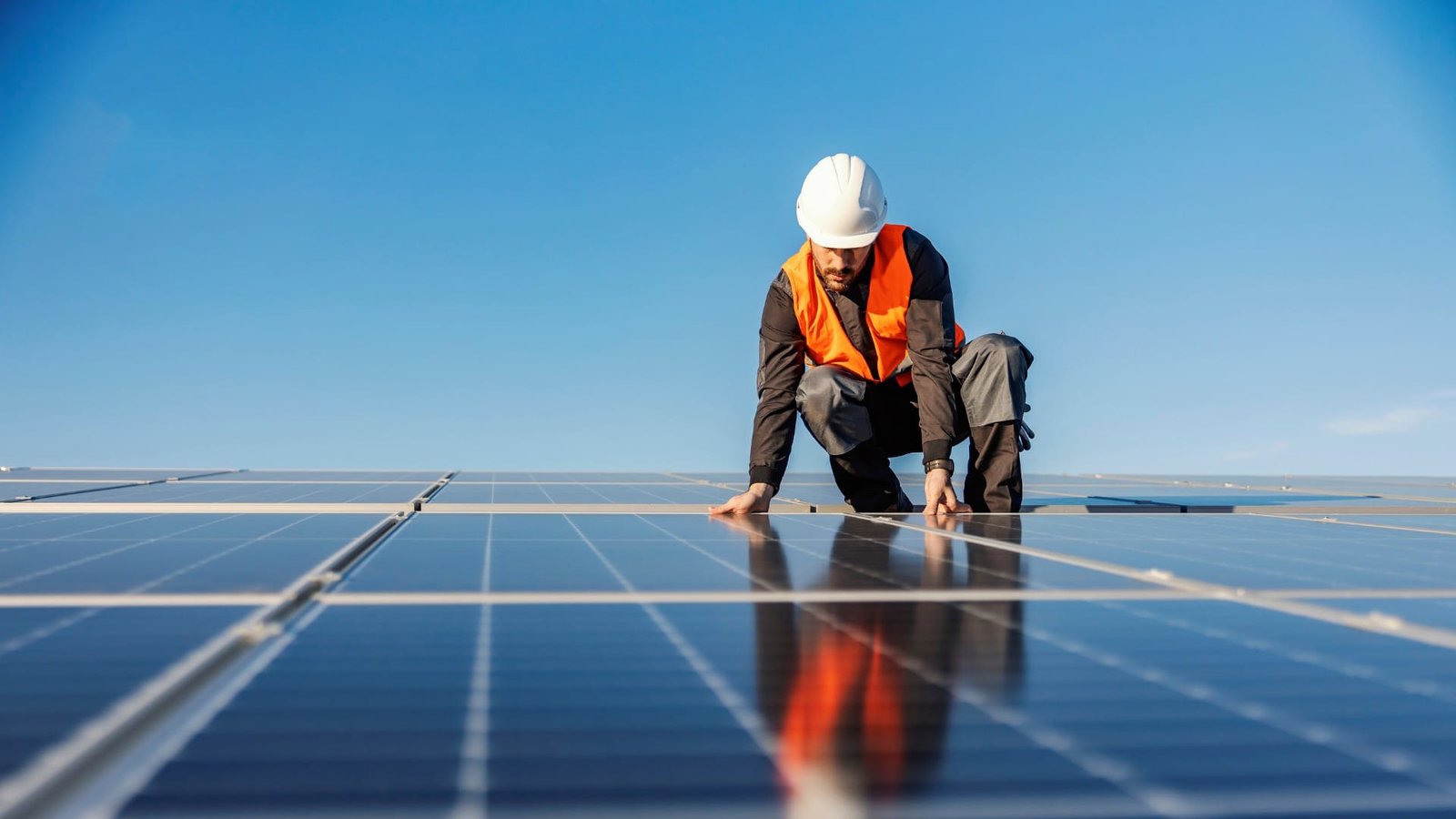Germany is renowned as a global leader in Solar Photovoltaic Systems and other energy-efficient solutions. With its Energiewende (energy transition) policy, the country has prioritized reducing greenhouse gas emissions and transitioning to sustainable energy sources. Solar photovoltaic (PV) systems and heat pumps are among the most significant technologies driving this transformation. These technologies contribute to Germany’s environmental goals and offer economic and energy security benefits.
Solar Photovoltaic Systems: The Backbone of Germany’s Solar Revolution

Solar photovoltaic systems have become a cornerstone of Germany’s renewable energy strategy. With over 60 gigawatts (GW) of installed capacity as of 2024, Germany remains one of the largest solar markets in the world. The success of solar PV systems can be attributed to several factors:
1. Supportive Policies
Germany’s Renewable Energy Sources Act (EEG) has played a pivotal role in promoting solar energy. The act introduced feed-in tariffs (FITs), guaranteeing fixed payments for solar electricity fed into the grid, making solar PV systems financially attractive for homeowners and businesses.
2. Technological Advancements
Continuous innovation in PV technology has improved the efficiency and affordability of solar panels. German companies and research institutions are at the forefront of developing advanced materials, such as perovskite and bifacial solar cells, which increase energy yields.
3. Community Involvement
Community solar projects and cooperatives have empowered local stakeholders to invest in renewable energy. These initiatives not only enhance public support but also ensure widespread adoption of solar PV systems.
Heat Pumps: Revolutionizing Heating and Cooling
Heat pumps are another critical technology in Germany’s renewable energy landscape. These systems use electricity to extract heat from the air, ground, or water, making them highly efficient for both heating and cooling purposes. Heat pumps are particularly significant in a country where heating accounts for a large share of energy consumption.
1. Decarbonizing Heating
Traditional heating systems in Germany have relied on fossil fuels such as natural gas and oil. Heat pumps, powered by renewable electricity, offer a sustainable alternative, reducing carbon emissions significantly.
2. Government Incentives
The German government has implemented subsidies and tax incentives to encourage the adoption of heat pumps. For example, the Federal Funding for Efficient Buildings (BEG) program offers financial support for installing heat pumps in new and existing buildings.
3. Integration with Solar PV Systems
Heat pumps can be seamlessly integrated with solar PV systems, creating a self-sufficient energy solution. Homeowners can use solar-generated electricity to power heat pumps, reducing reliance on the grid and lowering energy bills.
Challenges and Future Prospects of Solar Photovoltaic Systems and Heat Pumps
While Germany has made remarkable progress in deploying solar PV systems and heat pumps, challenges remain. These include grid integration issues, fluctuating energy storage capacities, and the high upfront costs of renewable energy installations. However, ongoing advancements in battery storage technology and innovative financing models are addressing these hurdles.
The future looks promising for Germany’s renewable energy sector. The country aims to achieve climate neutrality by 2045, and solar PV systems and heat pumps will undoubtedly play a central role in this mission. As Germany continues to invest in research, infrastructure, and public engagement, it sets a benchmark for other nations striving for a sustainable energy future.
Conclusion
Germany’s embrace of solar photovoltaic systems and heat pumps exemplifies its commitment to renewable energy. These technologies not only contribute to environmental sustainability but also enhance energy independence and economic resilience. By continuing to innovate and invest in these solutions, Germany reinforces its position as a global leader in the renewable energy transition.





Add comment